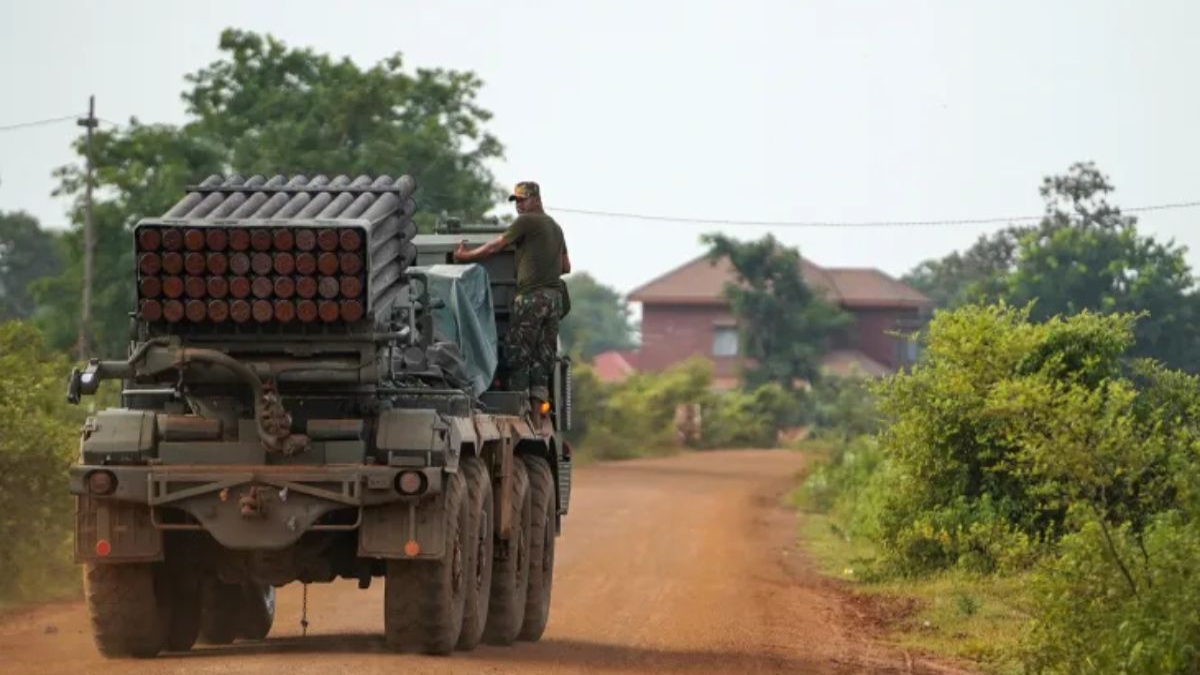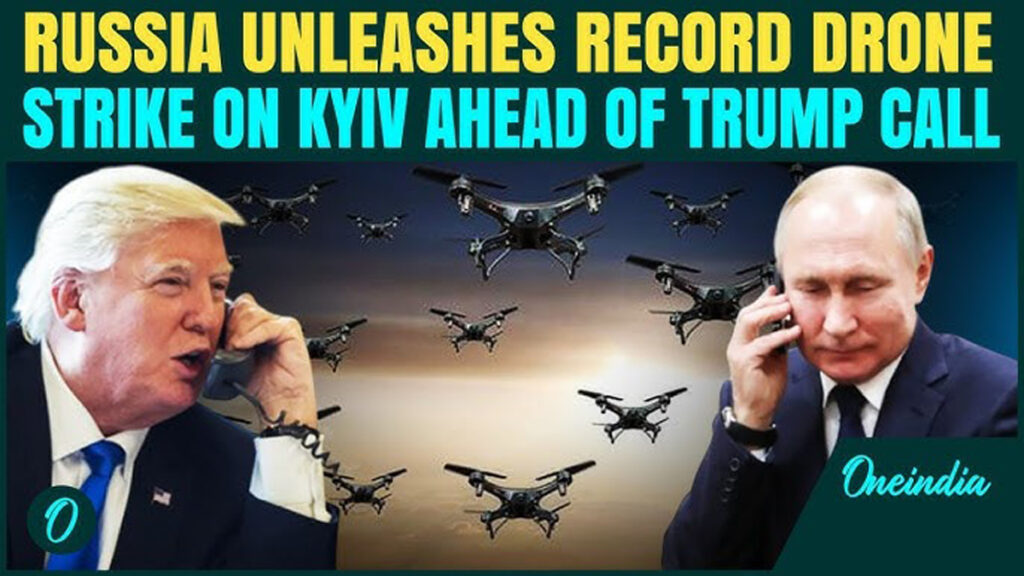Now Reading: Border Conflict Rages On: Trump’s Ceasefire Push Fails to Halt Thailand-Cambodia Clashes
-
01
Border Conflict Rages On: Trump’s Ceasefire Push Fails to Halt Thailand-Cambodia Clashes
Border Conflict Rages On: Trump’s Ceasefire Push Fails to Halt Thailand-Cambodia Clashes

Despite direct intervention from US President Donald Trump, deadly border clashes between Thailand-Cambodia continued to escalate over the weekend, claiming dozens of lives and displacing hundreds of thousands. The persistent fighting underscores the deep-seated nature of the territorial dispute and the challenges even high-level diplomatic efforts face in quelling immediate hostilities.
The conflict, now in its fourth day, has seen both nations accuse each other of initiating attacks with heavy artillery and rockets along their contested 800-kilometer (500-mile) frontier. The latest casualty figures report at least 33 fatalities, including civilians on both sides, while over 168,000 people have been forced to flee their homes, seeking refuge in temporary shelters.
President Trump took to Truth Social on Saturday, revealing he had spoken with both Cambodian Prime Minister Hun Manet and Thailand’s acting Prime Minister Phumtham Wechayachai. He stated that he had urged an “immediate and unconditional ceasefire” and even suggested potential implications for trade agreements if the hostilities persisted. Following these conversations, both leaders reportedly agreed in principle to meet for ceasefire negotiations. Hun Manet publicly confirmed Cambodia’s willingness to pursue an immediate truce, while Thailand expressed cautious support, emphasizing the need for “sincere intention” from Phnom Penh.
However, the diplomatic overtures have yet to translate into peace on the ground. Reports from the border on Sunday indicated continued exchanges of fire, with both sides trading blame for renewed shelling and troop movements. Thai military officials accused Cambodian forces of firing heavy artillery into civilian areas, including near the ancient Ta Muen Thom temple, a site claimed by both nations. Cambodia, in turn, alleged that Thai forces had launched ground assaults and used heavy bombardment.
The current flare-up, which began on Thursday after a landmine explosion wounded five Thai soldiers, is the most severe in over a decade. The long-running border dispute between Thailand and Cambodia dates back to the early 20th century, stemming from ambiguities in maps drawn during the French colonial era. While the International Court of Justice (ICJ) has ruled on the ownership of some disputed areas, particularly around the Preah Vihear temple, other sections of the border remain undemarcated and highly contested, including areas around Prasat Ta Muen Thom and Prasat Ta Krabey.
International bodies, including the United Nations Security Council and the Association of Southeast Asian Nations (ASEAN), have called for an immediate cessation of hostilities and urged both countries to engage in peaceful dialogue. Human Rights Watch has also condemned the reported use of cluster munitions in populated areas and called for the protection of civilians, who have borne the brunt of the escalating violence.
As the conflict shows no immediate signs of abating, the effectiveness of international mediation, even from a powerful figure like the US President, is being tested. The humanitarian crisis deepens with each passing day, and the regional stability of Southeast Asia hangs precariously in the balance. The focus now shifts to whether the willingness to negotiate expressed by both sides can overcome the deep-seated distrust and lead to a genuine and lasting ceasefire.










